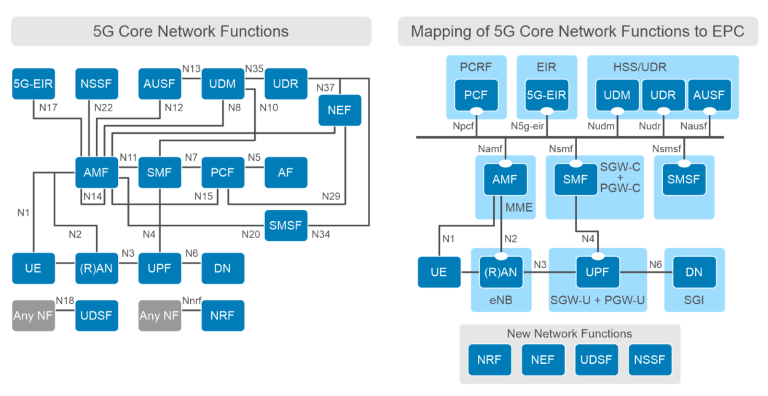5G Numerology Table: Understanding Its Role in Network Performance
telcomatraining.com – The advent of 5G technology has revolutionized the telecommunications industry, offering faster speeds, lower latency, and improved network efficiency. A key component of 5G that plays a crucial role in achieving these advancements is the concept of numerology. The 5G numerology table defines different subcarrier spacings, which directly impact network performance and adaptability. This article explores the significance of 5G numerology, its role in network optimization, and how it enhances user experience.
What is 5G Numerology?
5G numerology refers to the different subcarrier spacing configurations used in the 5G New Radio (NR) standard, as defined by the 3rd Generation Partnership Project (3GPP). Unlike 4G LTE, which has a fixed subcarrier spacing of 15 kHz, 5G NR supports multiple subcarrier spacings, allowing for greater flexibility and efficiency.
The numerology system is based on a scalable framework, where each subcarrier spacing is a multiple of the base 15 kHz value. This design enables 5G networks to adapt to different use cases, from enhanced mobile broadband (eMBB) to ultra-reliable low-latency communications (URLLC) and massive machine-type communications (mMTC).
5G Numerology Table and Subcarrier Spacings
The 5G numerology table defines different subcarrier spacings and corresponding transmission characteristics. The table below outlines the key parameters:
| Numerology Index (µ) | Subcarrier Spacing (kHz) | Slot Duration (ms) | Bandwidth Utilization |
|---|---|---|---|
| 0 | 15 | 1 | Traditional LTE compatibility |
| 1 | 30 | 0.5 | Improved efficiency for mid-band spectrum |
| 2 | 60 | 0.25 | Suitable for high-speed applications |
| 3 | 120 | 0.125 | Used for ultra-low latency applications |
| 4 | 240 | 0.0625 | Ideal for mmWave spectrum |
Each numerology index (µ) determines the subcarrier spacing, which affects the slot duration and overall network performance. Higher subcarrier spacing reduces transmission latency, making it ideal for applications requiring real-time responsiveness, such as autonomous vehicles and remote surgeries.
The Impact of 5G Numerology on Network Performance
- Lower Latency
Higher subcarrier spacing reduces slot duration, allowing data to be transmitted faster. This is crucial for applications like cloud gaming, augmented reality (AR), and industrial automation. - Enhanced Spectral Efficiency
By utilizing different subcarrier spacings, 5G networks can optimize spectrum usage, improving data throughput and network efficiency. - Greater Flexibility
The scalable nature of 5G numerology allows operators to deploy different configurations based on the application’s requirements. For example, 15 kHz spacing ensures backward compatibility with LTE, while 120 kHz or 240 kHz spacings are better suited for high-frequency mmWave deployments. - Better Network Slicing
5G numerology enables network slicing, where virtualized network segments are created to serve specific use cases. This ensures optimized performance for diverse applications, from IoT to high-definition video streaming.
Conclusion
The 5G numerology table plays a fundamental role in determining network performance by providing scalable subcarrier spacings. This flexibility allows 5G to cater to a wide range of applications, ensuring lower latency, improved spectral efficiency, and enhanced user experiences. As 5G adoption continues to grow, understanding numerology will be essential for network engineers, telecom operators, and businesses leveraging the power of next-generation connectivity.







